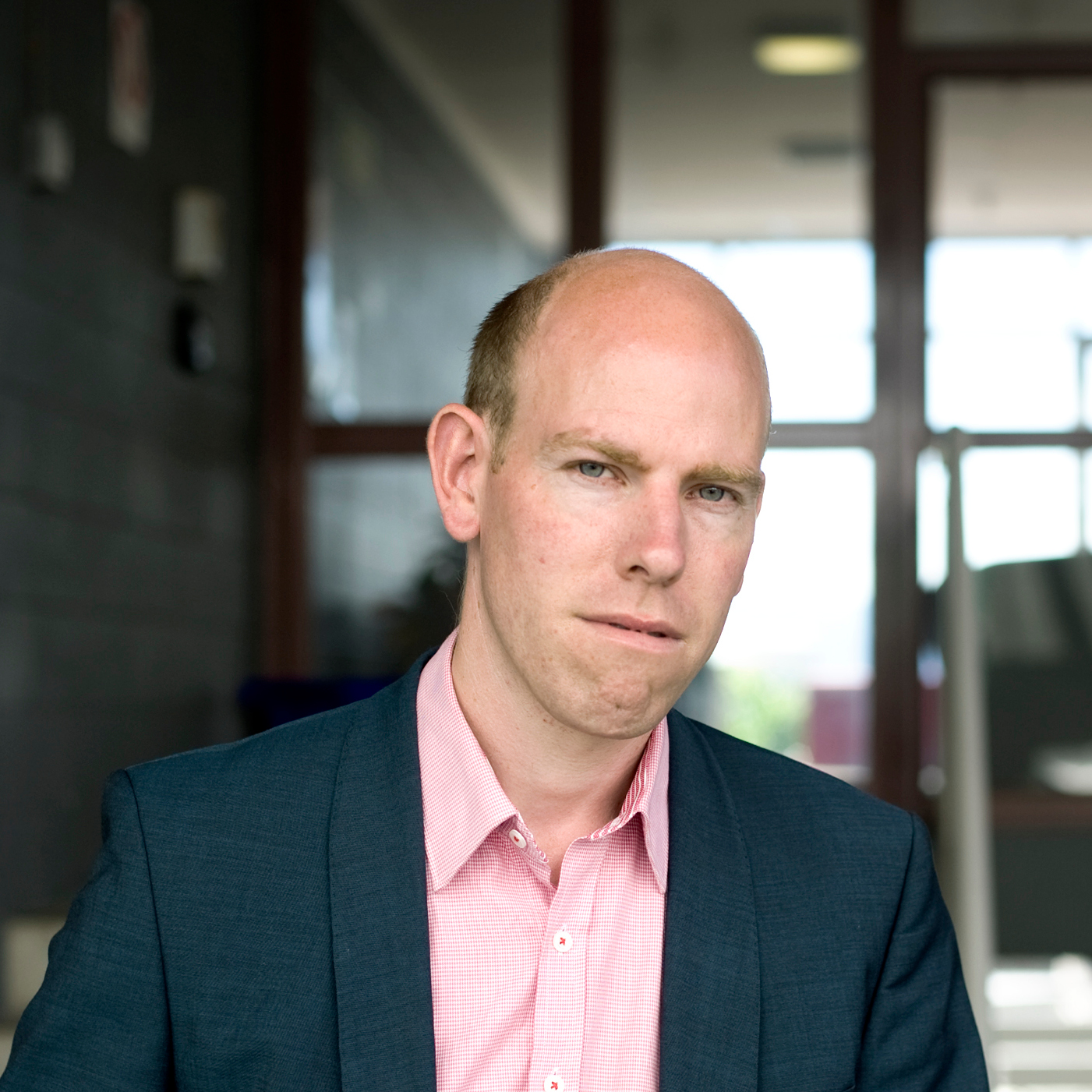Chosen and Beloved
MAU/NZSO
Friday 21 February
Reviewer: Max Rashbrooke
The Festival of the Arts is a prime opportunity to boldly experiment, to push the boundaries. And that’s just what Chosen and Beloved did on the festival’s opening night, embedding the Polish composer Henryk Gorecki’s Symphony of Sorrowful Songs in an entirely new, and distinctively indigenous, artistic context created by choreographer and director Lemi Ponifasio.
The performance opened with a young Maori woman, dressed in white, slowly walking up and down a white, rock-filled stage in front of the empty orchestra seats. This bare set, evoking the craters of war, seemed perfectly congruous with the Symphony, much of which relates to the devastation of conflict. From the ceiling hung white vertical fluorescent tubes, each slightly offset from the other.
The first performer was joined by four more members of MAU Wahine, two on each side of the gallery, dressed in black and singing and chanting in te Reo. While my te Reo is not what it should be, and certainly insufficient to properly interpret the performance, it felt like an invocation, a naming of important things – ancestors, descendants, deities.
Once the first five performers were all on stage, a wero or challenge was laid down. The performers were then joined by a sixth MAU Wahine member, dressed in white and carrying a child, and performing what felt like a ritual of welcome. In front of her was then poured what might have been blood or might have been oil; there was a sense of great griefs being acknowledged, but also a path being opened towards healing. It was a performance of exceptional intensity and beauty, the stark palette of black and white clothing the ideal foil for its emotional depth.
With this welcome in place, the orchestra then filed on silently and, under the baton of Kristjan Jarvi, began playing the Symphony itself. The conjunction of two quite different musical and artistic elements will always divide audiences; but while others may have felt little connection between the two parts, for me they blended brilliantly. The rhythmic intensity and lack of conventional Western tonality in the te Reo singing had a texture entirely consistent with that of the Symphony; their emotional intensities were likewise well-matched.
Jarvi’s interpretation of the Symphony was also unconventional, in that the soprano, Racha Rizk, was standing variously in the left gallery, right gallery and behind the orchestra in semi-darkness, before finishing up at front of stage. Her voice, though warm and lovely, was also much lower in the mix than in some recordings; Jarvi’s intent was presumably to put music and melody line on an equal footing, and for me it worked.
The music itself began with an intense, reverential quiet, and continued in that vein. With a piece like this, which has such spare textures and a fair degree of repetition, the performance needs to articulate all the gradations with great subtlety, so that it retains a sense of movement and variety. This the NZSO managed beautifully, to my ears; as the music circled and circled back on itself, there was always a sense of something rising up and out of a proceeding phrase that spiralled down towards silence.
It was, in its outlines, a very restrained rendition, characterised by not just fine gradations of sound but also a certain gentleness. It was all the more moving for not forcing itself on our notice. The NZSO’s performance also captured the piece’s subtle tensions: each repetition of the relevant theme, which might have felt static, had an unerring pulse – and it’s that pulse, that sense of life, which sounds the note of hope in a piece so often otherwise plaintive and fraught.
As the final notes died away, the lights likewise slowly went down, and the audience began to applaud – but too soon, as, in the semi-gloom, what looked like a waterfall appeared behind the performers. The falling lines of light could have signified many things; for me, they brought to mind a veil, in the sense of a thing behind which we cannot see, or only imperfectly. It was a fitting way to end the piece, a moment to think about – or, in Ponifasio’s words in the programme – “embrace” those who have gone before us.



 Martin LeFevre - Meditations: Animal Encounters During Meditative States
Martin LeFevre - Meditations: Animal Encounters During Meditative States Ian Powell: Gisborne Hospital Senior Doctors Strike Highlights Important Health System Issues
Ian Powell: Gisborne Hospital Senior Doctors Strike Highlights Important Health System Issues Keith Rankin: Who, Neither Politician Nor Monarch, Executed 100,000 Civilians In A Single Night?
Keith Rankin: Who, Neither Politician Nor Monarch, Executed 100,000 Civilians In A Single Night? Eugene Doyle: Writing In The Time Of Genocide
Eugene Doyle: Writing In The Time Of Genocide Gordon Campbell: On Wealth Taxes And Capital Flight
Gordon Campbell: On Wealth Taxes And Capital Flight Ian Powell: Why New Zealand Should Recognise Palestine
Ian Powell: Why New Zealand Should Recognise Palestine